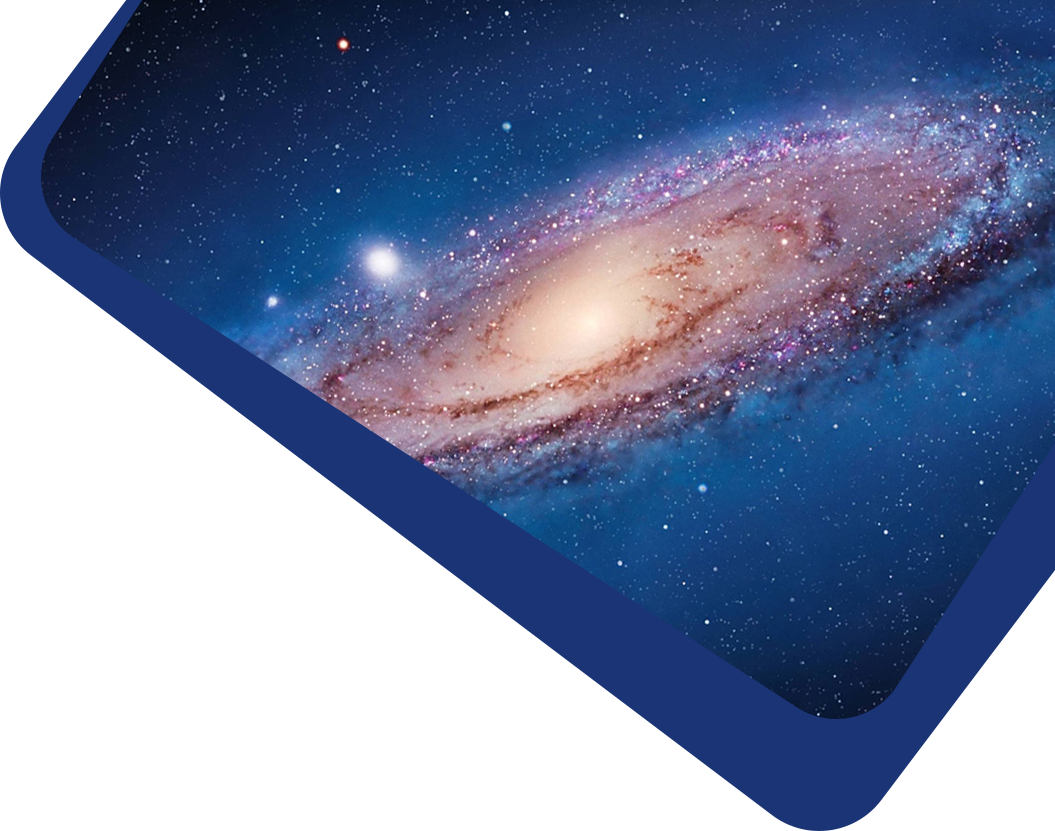We perform a time-resolved statistical study of GRB 221009A's X-ray emission using Swift XRT Photon Counting and Windowed Timing data. After standard reduction (barycentric correction, pile-up, background subtraction via HEASOFT), we extracted light curves for each observational ID and for their aggregation. Count-rate histograms were fitted using various statistical distributions; fit quality was assessed by chi-squared and the Bayesian Information Criterion. The first observational segment is best described by a Gaussian distribution (χ2 = 68.4; BIC = 7651.2), and the second by a Poisson distribution (χ2 = 33.5; BIC = 4413.3). When all segments are combined, the lognormal model provides the superior fit (χ2 = 541.9; BIC = 34365.5), indicating that the full data set's count rates exhibit the skewness expected from a multiplicative process. These findings demonstrate that while individual time intervals conform to discrete or symmetric statistics, the collective emission profile across multiple observations is better captured by a lognormal distribution, consistent with complex, compounded variability in GRB afterglows.



